The South Island takah is a rare remnant of New Zealand’s once-extant flightless vegetarian bird species. After four individuals were captured in Fiordland between 1849 and 1898, takah were thought to be extinct until 1948, when they were rediscovered in the Murchison Mountains, west of Lake Te Anau.
Until the 1980s, takah were restricted to the Murchison Mountains in the wild. Since then, they have been relocated to seven islands and many mainland locations, making them more accessible to a greater number of New Zealanders. The Department of Conservation and community organizations are working to avert extinction and restore takah to their original habitats.
The success of DOC’s Takah Recovery Programme is significantly reliant on Mitre 10’s relationship with Mitre 10 Takah Rescue, which contributes to the long-term survival of this cherished species.
Identification
The South Island takah is the world’s largest live rail species. It is a huge gallinule with dark blue head, neck, and underparts, olive green wings, and a white undertail. The enormous conical bill is brilliant red, becoming lighter towards the tip, and extends as a crimson frontal shield onto the forehead.
The legs are crimson with an orange underside. The juveniles have a blackish-orange beak and pinkish-brown legs.
The takah’s primary cries consist of a loud shriek, a quiet hooting contact cry, and a muffled boom signaling alarm.
The extinct North Island takah was taller and more slender than its South Island counterpart. Pukeko are able to fly, are smaller and more slender than other birds, have relatively longer legs, and have black wings and backs.
Distribution and environment
South Island takah was once widespread over the whole South Island. A residual population exists in the highlands of Fiordland due to hunting, predation, and habitat degradation. The modern conservation program has established additional populations, including a captive breeding and rearing facility at Burwood Bush near Te Anau, as well as free-ranging populations on wildlife reserves in the North and South Islands and several offshore islands, including Tiritiri Matangi and Motutapu (Hauraki Gulf), Kapiti and Mana (Wellington), and Maud Island (Marlborough Sounds).
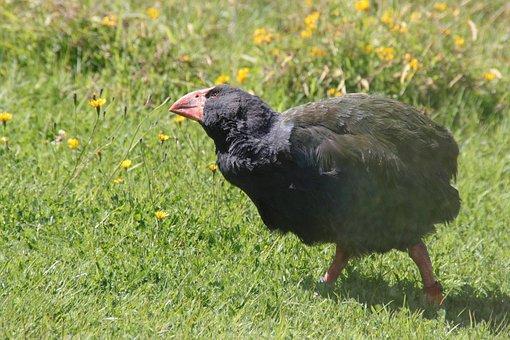
Takah primarily inhabit grasslands and use shrubs for cover. Preferred in Fiordland are alpine tussock grasslands and red tussock river flats. When snowfall blankets these places, birds migrate to the surrounding beech forest.
At other locations, farm pasture is regenerating in various phases of reversion to mixed native lowland woodland. Some now have extensive forest cover. At these locations, takah choose grasslands with scattered shrubs, however they do spend some time in the forest.
Population
In 2011-2012, there were approximately 276 takah on the South Island, with 110 in Fiordland, 107 at restoration sites, 11 at captive display sites, and 48 at the captive breeding site.
Difficulties and conservation
The population of takah in Fiordland is threatened by avalanches and a chilly climate. Predation by introduced stoats and competition for food from introduced red deer are contemporary challenges. Since 1980, deer populations have been kept at low levels, allowing tussock grasslands to gradually regain their normal size and nutrition.
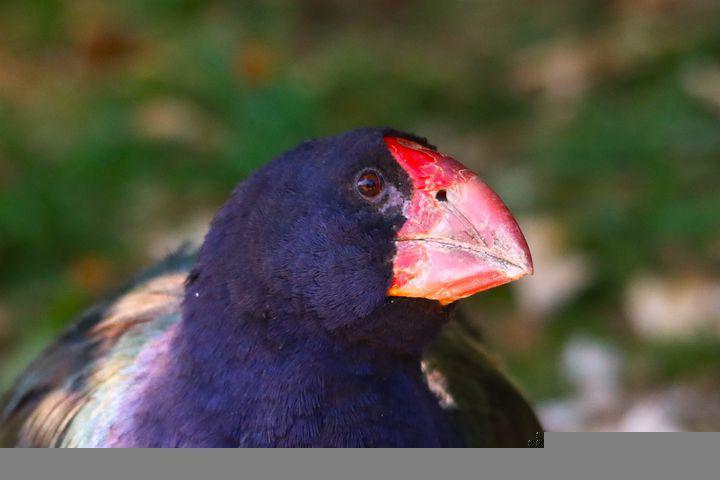
In most years, the impact of stoat predation on takah survival is very minor, but when environmental conditions align, stoat populations expand dramatically and have a bigger impact on takah survival. The population of takah in Fiordland is subject to a recently expanded stoat trapping operation.
From 1986 until 2009, the takah population in Fiordland was maintained by growing wild eggs in captivity and releasing yearlings back into the wild. To maximize output, artificial incubation and puppet rearing were utilized.
In an effort to expand the range, yearlings were released outside of the source population from 1986 to 1991. From 1991 to 2009, there was a shift in the source population’s release practices, which enhanced the survivability of released birds.
Additionally, beginning in 1984, captive-bred birds were utilized to create breeding populations on predator-free offshore islands and predator-proofed mainland reserves. Fiordland is no longer a source of eggs for captive breeding, as the island/reservation population is now well-established.
Since 2010, instead of augmenting the Fiordland population, yearlings raised in captivity have been used to establish colonies at new sites and expand the captive breeding population.
On island and mainland reserves, the population is controlled by removing surplus young. This action maintains an appropriate population density and prevents inbreeding by mixing genetic lineages from diverse areas. At the facility for captive breeding, puppet rearing is unnecessary, and artificial incubation is minimized.
Instead, the expanded breeding group is handled intensively through egg and chick fostering, ensuring that each pair is laying, incubating, or raising chicks. The management of genetic lines ensures that none is overrepresented.
Breeding
In Fiordland, Takah lay between late October and January. September is the month when nesting begins at lower altitude habitats. One to three eggs (often two) are laid two days apart, and both the male and female contribute equally to incubation and chick rearing.
The eggs are a pale buff hue with reddish-purple spots (c. 74 x 48 mm, and 95 g when fresh). The duration of incubation is thirty days, and chicks hatch two days apart. The chicks remain in the nest for about a week before climbing out and following their parents as they beg for food.
The incubation of chicks in the nest under cold or wet conditions. The parents feed their young tussock shoots with the harder outer leaves removed. As soon as the chicks are able, the parents shift the family to a new feeding place, repeating as necessary. If the initial clutch is unsuccessful, takah may lay a second. They can lay a third egg under intensive management.
Conduct and ecology
Takah inhabit couples or small families. The young remain with their parents until shortly prior to the next breeding season, or for an additional year. There have been observations of breeding trios and larger (two females producing eggs). Pairs defend their breeding territory by calling or fighting, returning annually to the same locations.
Food
The Fiordland takah mostly consume the leaf bases of tussock grasses (Chionochloa spp). Sometimes, we take sedges (Uncinia spp, Carex coriacea), rushes (Juncus spp), and Aciphylla spp. On islands and lowland reserves, smaller grasses are browsed from the tips down; this is the primary food source.
When accessible, grass seeds are stripped while still connected to the stem. In the winter (forest) habitat of Fiordland, alternative carbohydrates can be obtained by harvesting the starchy rhizomes of the fern Hypolepis millefolium and the sedge Carex coriacea.
In other locations, the seasonal variation in the diet is less pronounced; pasture grasses are accessible year-round. Rarely, takahe will consume ducklings or lizards.



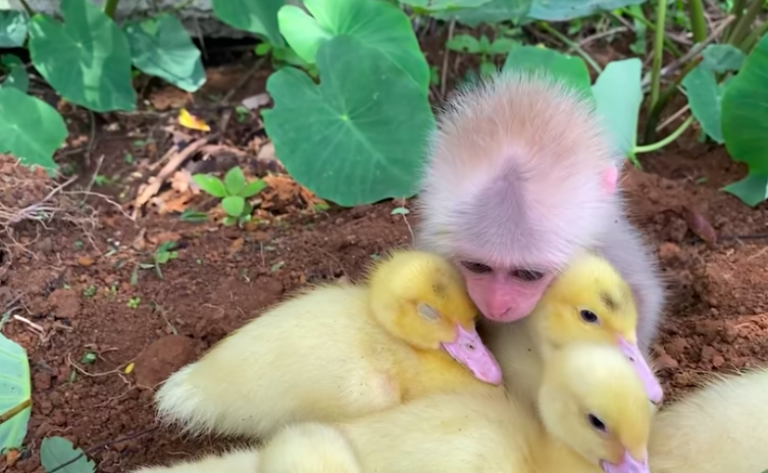
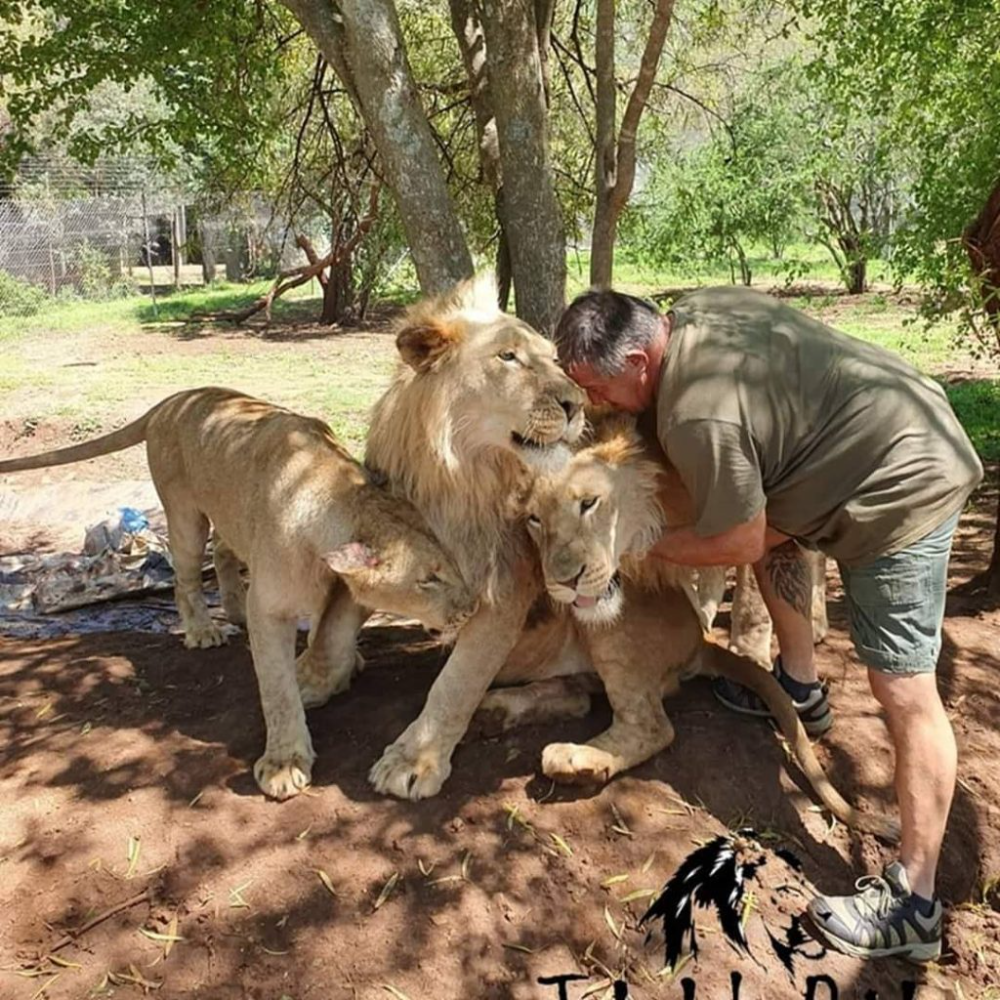
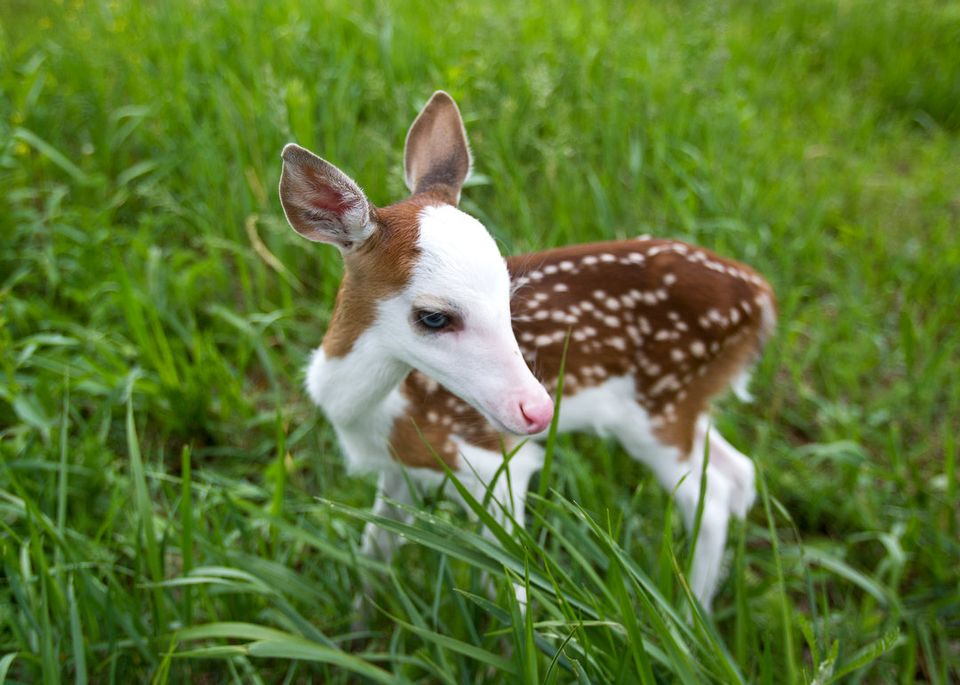
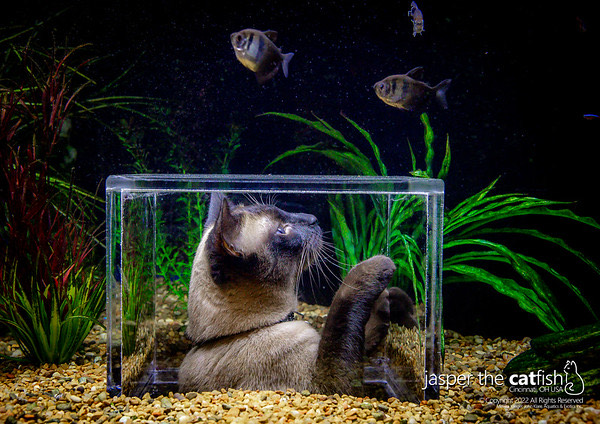



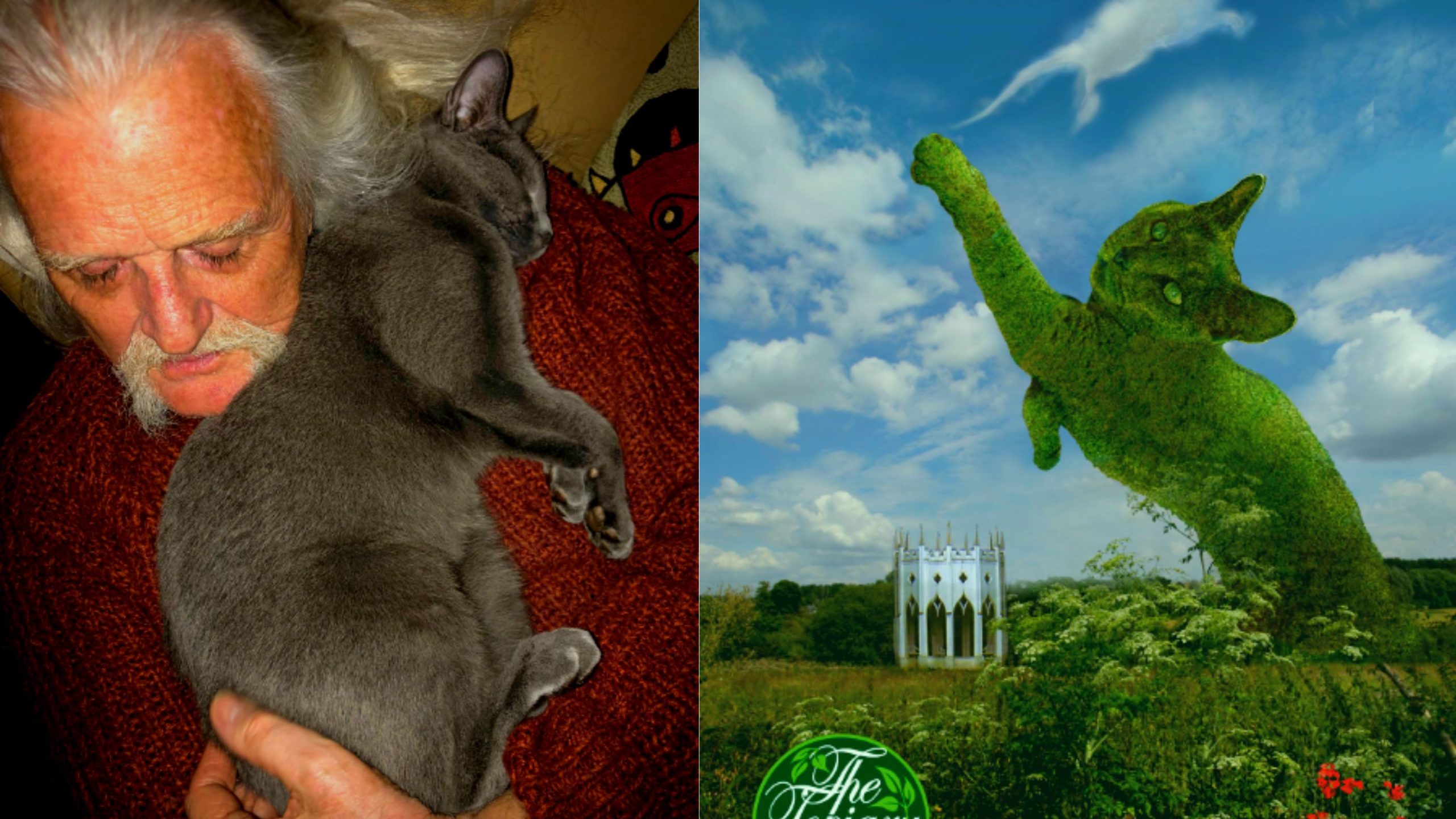
Thank you for your sharing. I am worried that I lack creative ideas. It is your article that makes me full of hope. Thank you. But, I have a question, can you help me? https://www.binance.com/tr/register?ref=OMM3XK51